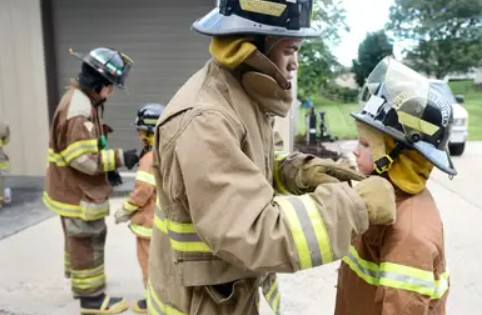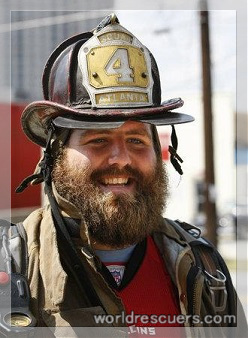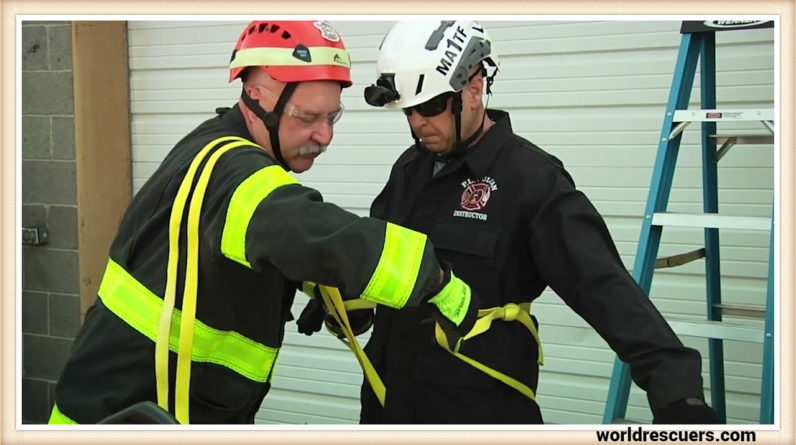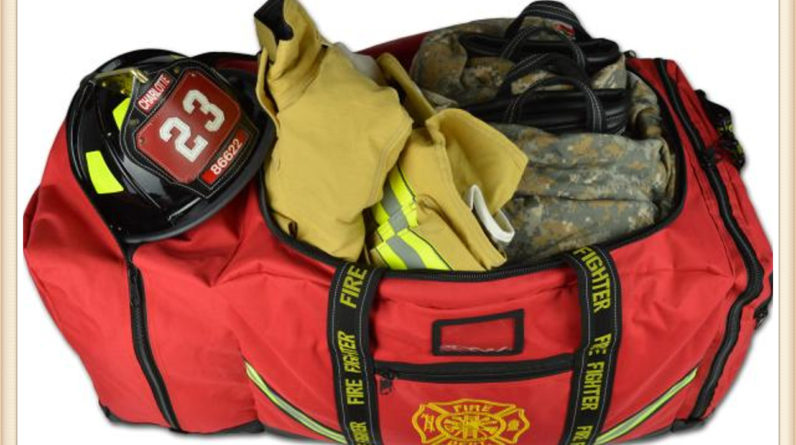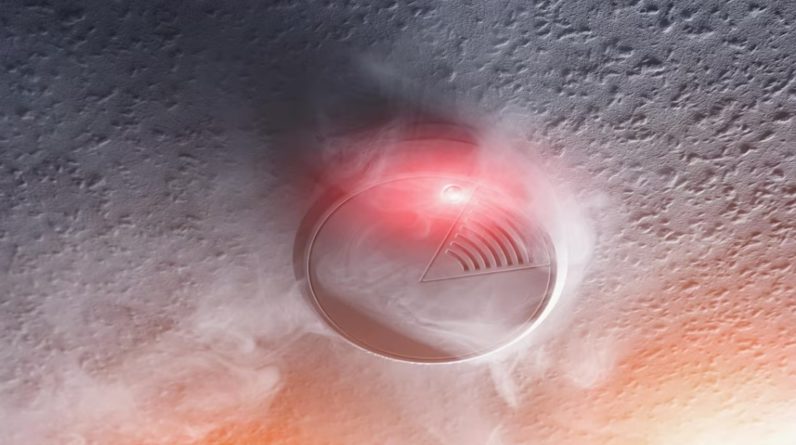
What are Smoke Detectors?
How many smoke detectors do I need is the question whose answer will come later. First, Smoke detectors are electronic smart devices engineered for the purpose to detect smoke and alerting occupants of the facility to the fire hazard. These devices are a vital part of the fire safety system. The detectors are useful to install in homes, businesses, and commercial buildings with the purpose to ensure fire safety.
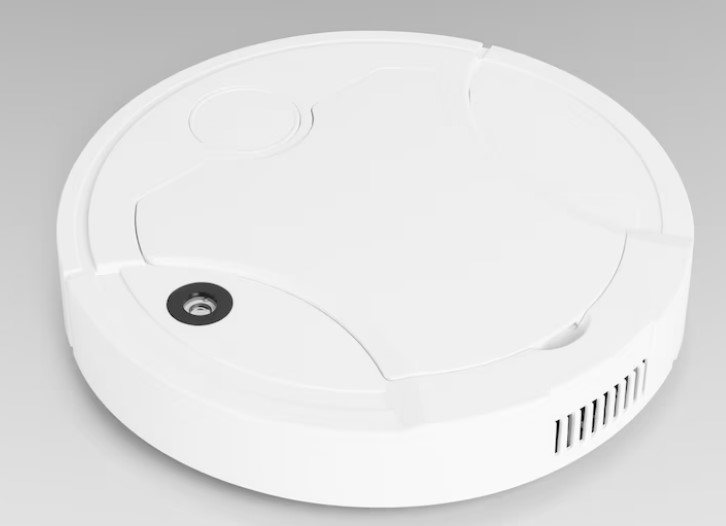
These devices work on the principle of ionization and photoelectric technologies. During the Ionization phenomenon, the detectors use a small amount of radioactive material to detect smoke particles in the air, while photoelectric detectors use a beam of light to detect smoke particles. Some detectors use a combination of both technologies.
Upon detection of smoke, detectors sound an alarm to alert occupants of the facility. This timely warning can give people time to evacuate safely and can help reduce the risk of massive losses.
Purpose Smoke Detectors
The sole purpose of smoke detectors is to detect the smoke within the facility and to provide an early warning to the occupants of that facility. All classes of fires have one behavior common which is the ability to quickly spread. Therefore, it is essential to have a system in place to alert occupants of a facility to the presence of potential hazards in the form of fire. These provide this early warning by sounding an alarm upon detection of smoke in the air.
Types of smoke detectors that we need
There are many types of these in the market including:
Ionization Smoke Detectors
These use radioactive material to ionize the air in the sensing chamber on a real-time basis. Upon entering the smoke into the chamber, it disrupts the ionization process, triggering the alarm as programmed.
Photoelectric Smoke Detectors
As the name reflects, these types of devices use a light source and a photosensor to detect smoke. When smoke along with its particles enters the sensing chamber, it scatters the light, causing it to hit the photosensor and trigger the loud alarm.
Dual-Sensor Smoke Detectors
These types of devices use both ionization and photoelectric technologies to detect smoke particles in the fire safety system. They are designed to provide more comprehensive smoke detection than either technology alone.
Smart Smoke Detectors
These types of devices are connected to a facility’s Wi-Fi network. These are programmed or linked to the system with a function to send alerts to a smartphone or other mobile device upon detection of smoke.
Each type of device has its own merits and demerits. The best type for a particular situation depends on various factors such as the size and layout of the facility and the occupants’ preferences.
Factors that Determine the Number of Smoke Detectors Needed
1. Size and Layout of the Home or Building
The size and layout of a home or facility are important factors that determine the number and placement of smoke detectors needed to ensure fire safety. Larger the facility greater the number of smoke detectors will require.
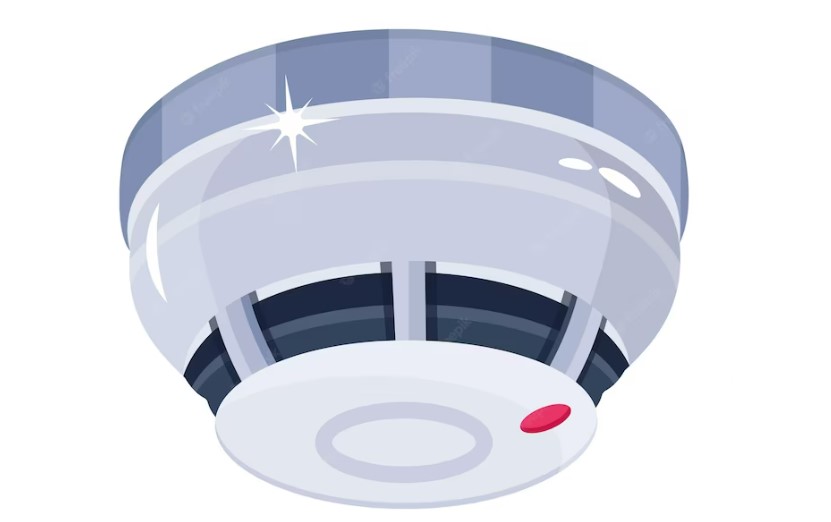
The layout of the building is also important, as some portions may be more prone to smoke and fire than others. For example, kitchens and laundry rooms are areas where the risk of fire has larger value. So, it may be necessary to install additional smoke detectors in these areas.
2. Number of Floors
The facility with multiple floors will require the installation of smoke detectors on each floor. This is to ensure the safety of occupants of each floor. In addition to the number of smoke detectors, it is also important to consider their placement. Smoke detectors should be installed in or near areas where fires are more likely to occur.
Recommended Number of Smoke Detectors for Various Facilities
1. How many smoke detectors do I need in my Single-Family House
The NFPA recommended having at least one smoke detector on each floor of the home, even including the basement. For larger homes or homes with complex layouts, additional smoke detectors may be needed to ensure that all areas of the home are covered. It is also recommended to install interconnected smoke detectors, which means that when one detector detects smoke, all detectors in the home will sound an alarm.
2. How do you calculate smoke detectors?
The smoke detector’s coverage area is dependent on the height of the specific facility. If the building is between 6m and 12m in height, then the smoke detector can cover an area of 80m². For buildings with a height of less than 6m, the smoke detector’s coverage area is reduced to 60m². This is important to remember for both occupants and firefighters.
Placement of Smoke Detectors
Recommended Locations
The National Fire Protection Association (NFPA) recommends the following locations for smoke detector installation:
- Inside every bedroom
- Outside each sleeping area and in the immediate vicinity of each bedroom
- On every level of the home, including the basement
- In the common areas of each floor, such as hallways or living rooms
- At the top of each stairway and at the bottom of the stairway leading to the next level
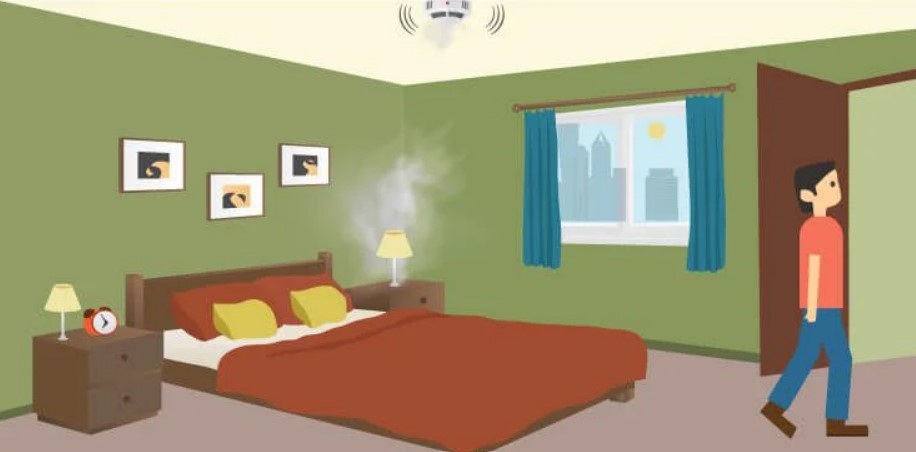
The NFPA also recommends that smoke detectors be installed at least 10 feet away from cooking appliances to avoid false alarms. If your home has a pitched roof, a smoke detector should be installed within three feet of the peak but not within the apex of the peak (four inches down from the peak). It is also important to follow the manufacturer’s installation instructions for the specific type of smoke detector you have purchased.
What is the minimum distance between 2 smoke detectors?
According to the latest code regulations, the spacing of smoke detectors is limited to a nominal 30 feet maximum distance. Furthermore, the distance between smoke detectors on the same floor should not surpass half of the nominal spacing. Which is measured from the wall or any partitions in the upper section of the ceiling height.
What is the most common cause of smoke detector problems?
Smoke detectors often go off unexpectedly due to the lack of frequent battery changes. Most sensors function by increasing the strength of the signal when they detect the intended substance.
Common Mistakes to Avoid
Installing on the wrong locations
As discussed earlier, it is important to install these electronic devices in the right locations, including inside every bedroom, outside each sleeping area, and on every level of the home. Avoid placing these devices near windows, doors, or vents where drafts can prevent them from working effectively.
Not installing enough devices
Make sure you have enough devices installed in your facility to cover all areas. The NFPA recommends installing these devices in every bedroom, outside each sleeping area, and on every level of the home, including the basement.
Not testing them regularly
It is important to test these devices regularly to ensure they are working correctly. Test them at least once a month and replace batteries every six months. Also, replace them every 10 years.
Installing smoke detectors in the wrong positions:
These should be installed on the ceiling or high on the wall, as smoke rises. Avoid installing them too close to corners or where the ceiling meets the wall.
Not replacing smoke detectors that are too old or damaged:
This sort of device has a limited lifespan and should be replaced every 10 years. If a smoke detector is damaged, replace it immediately.
How many carbon monoxide detectors per square foot?
Carbon monoxide (CO) is a colorless, odorless very toxic gas that can cause serious damage or even death when inhaled. Carbon monoxide detectors are an essential tool for protecting against this danger. But how many detectors are needed per square foot to provide adequate protection? is the hot question among safety professionals.
The relevant Standards
NFPA
The NFPA 720, is a standard for the Installation of Carbon Monoxide (CO) Detection and Warning Equipment. According to this the minimum number of CO detectors required for a dwelling unit depends on several factors, including the size and layout of the facility, the number of sleeping areas, and the type of appliances present. The standard provides the following recommendations
- For a unit less than 1,000 square feet, at least one detector is required.
- For a unit between 1,000 and 2,000 square feet, at least two detectors are required.
- For each additional 2,000 square feet of dwelling unit area, one additional detector is required.
In addition to the above, a detector is required within 10 feet of each sleeping area, and each story of a dwelling unit must have at least one detector installed. It is also recommended that detectors be installed in areas where CO sources are present, such as near fuel-burning appliances.
NYS Fire Prevention and Building Code
The NYS Fire Prevention and Building Code, section 1228.4 of Part 1228 of Title 19, provides similar guidelines. For a dwelling unit, at least one CO detector is required on each level, including the basement and attic, and within 15 feet of each sleeping area. Additional detectors may be required based on the layout of the space, the presence of fuel-burning appliances, and the size of the dwelling unit.
It is important to note that these guidelines represent the minimum requirements for CO detection. In some cases, it may be advisable to install more detectors than the minimums recommended by NFPA 720 or the NYS Fire Prevention and Building Code, particularly in larger or more complex spaces. It is also important to ensure that detectors are installed and maintained properly, in accordance with manufacturer instructions and local codes and regulations.
Conclusion
In conclusion, having enough smoke detectors in your home is crucial to protect your family from the fire. The recommended number of smoke detectors varies depending on the size and layout of your home, but as a general guideline, the National Fire Protection Association (NFPA) recommends installing these inside every bedroom, outside each sleeping area, and on every floor of the home, including the basement. It is also important to test smoke detectors regularly, replace their batteries every six months, and replace the units themselves every 10 years. By taking these steps, you can help ensure that your home and family are well-protected in the event of a fire.
Your feedback in the comment section values us and you may also join us on social media platforms as well.
References
- NFPA 720: Standard for the Installation of Carbon Monoxide (CO) Detection and Warning Equipment. (2021 edition)
- New York State Fire Prevention and Building Code, section 1228.4 of Part 1228 of Title 19. (2020 edition)
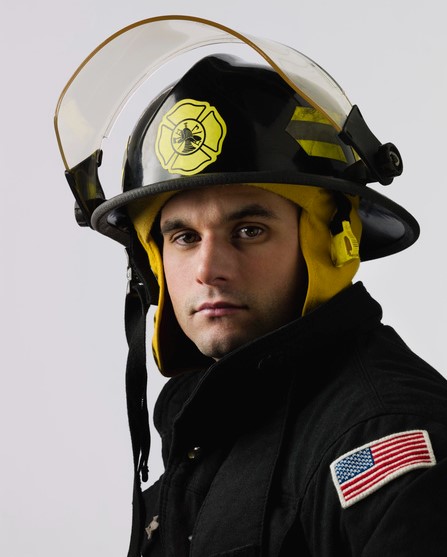
Hi, I am John Smit a Captain in Fire Department City of Newyork with over years of experience in the field of Firefighting and HSE. My passion for fire safety started when I was a young boy and witnessed a neighbor’s house go up in flames along with precious lives. Since then, I had dedicated my life to ensuring the safety of buildings, properties, and individuals in case of a fire and medical emergencies.

